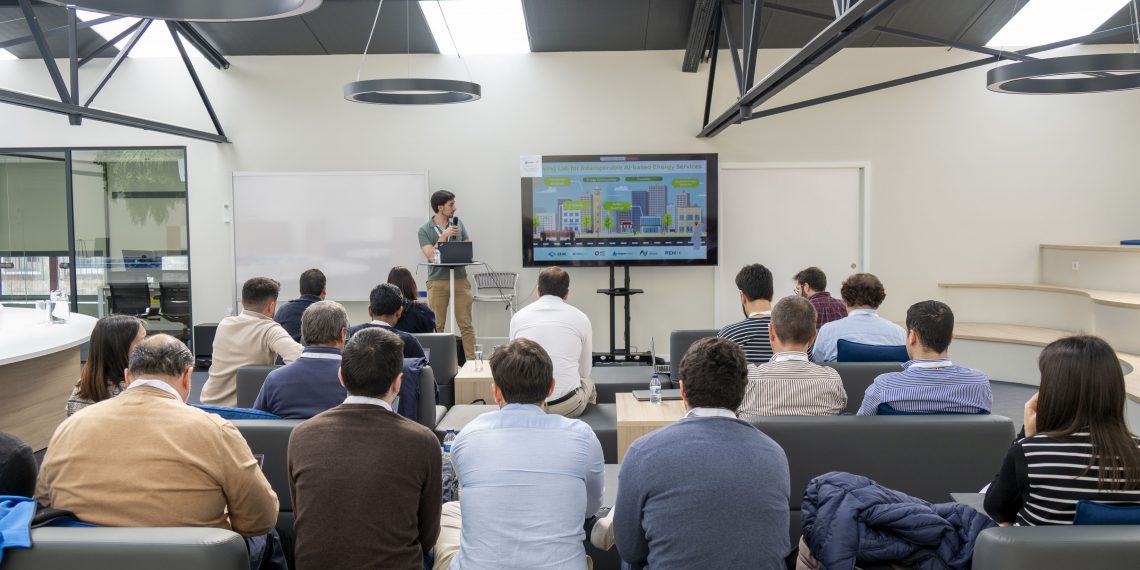The institution is promoting the development of the Portuguese pilot of the European project Hedge-IoT, which aims to demonstrate the potential of Artificial Intelligence (AI) in delivering flexible energy services. The pilot – Living Lab for Interoperable AI-based Energy Services – is being implemented in partnership with CEVE (Cooperativa Elétrica do Vale d’Este), featuring both residential consumers and commercial buildings.
How can energy communities – comprising homes and commercial buildings like supermarkets – use their electrical appliances more flexibly to help balance the national power grid, especially when there is high energy demand or supply? This living lab is set to answer that question.
“The project will feature the creation of a smart energy community with 30 households within CEVE’s concession area and two commercial buildings (in this case, supermarkets) equipped with sensors and real-time control devices that enable the management of heat pumps, electric vehicle chargers, and energy storage systems. This infrastructure will support the testing of several AI-based services: forecasting household energy consumption, managing the community’s consumption flexibility, and simulating participation in the energy reserve market – a market where additional energy is supplied when there are failures or unexpected needs,” explained Vasco Campos, researcher at INESC TEC.
INESC TEC plays a central role in this pilot, involving the technological development of several innovative solutions, notably: a Federated Learning algorithm (a technique that allows clients to train a model without sharing their data, preserving privacy) for forecasting residential energy consumption; a community energy management platform (RECreation) that provides flexibility to the reserve market; a residential energy manager for local optimisation and direct management of customer assets; and a platform (an evolution of the previous Grid Data and Business Network) that facilitates participation of multiple stakeholders in flexibility markets and enables bilateral contracts.
“Although the pilot is not yet fully operational – it will kick off next year -, the first steps towards implementation have already been taken. The current phase focuses on recruiting participants, led by CEVE,” added Vasco Campos.
The actual impact of the solutions will be assessed once the pilot begins, but the ambition of the project is clear: to demonstrate how AI and interoperability can make energy systems more efficient, resilient, and user-centred.
Alongside INESC TEC and CEVE, the pilot also involves partners like SONAE, Elergone, REN, and R&D Nester.
The researcher mentioned in this news piece is associated with INESC TEC



 News, current topics, curiosities and so much more about INESC TEC and its community!
News, current topics, curiosities and so much more about INESC TEC and its community!